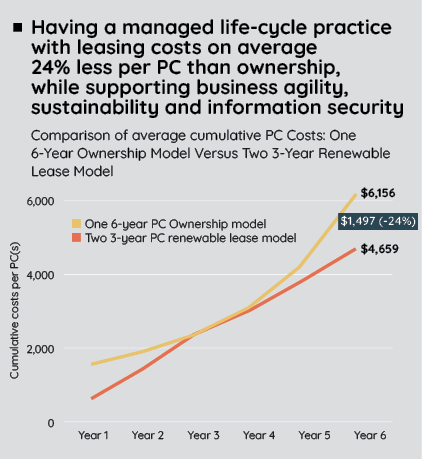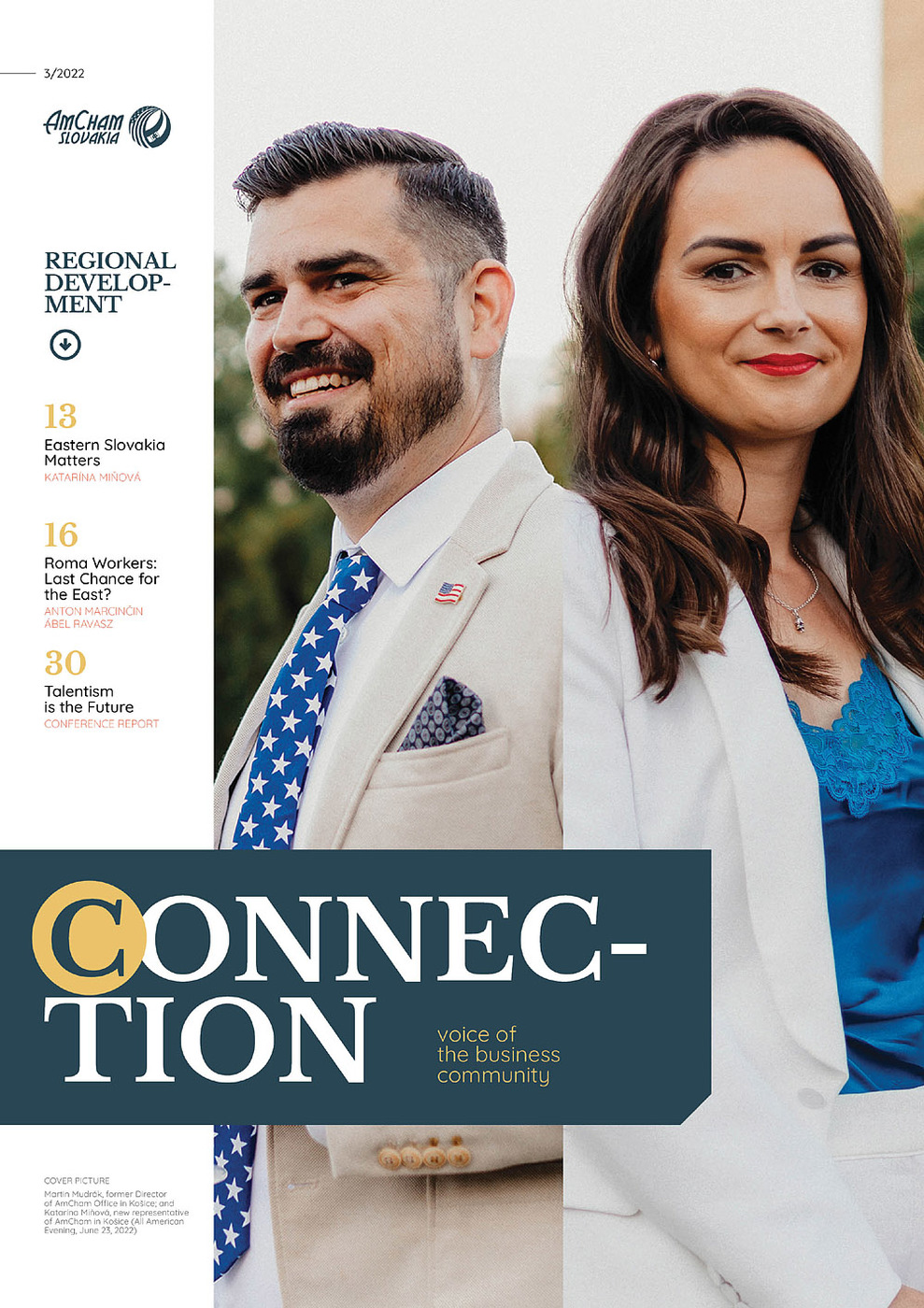In this new context, the role of the CIO has shifted from traditional IT service delivery to a more strategic function. Leading the digital future requires an empowered and connected CIO who understands the business impact of technology and how to use it to drive business success. A key role of the CIO is to boost agility with flexible and responsive technology so that they are always ready for the next opportunity. In fact, according to IDC research, market changes have led 90% of European organizations to modify and transform their IT strategy in pursuit of business agility. The same study shows that agile organizations outperform traditional organizations on indicators ranging from profitability to customer loyalty and talent management.
In fact, according to IDC research, market changes have led 90% of European organizations to modify and transform their IT strategy in pursuit of business agility. The same study shows that agile organizations outperform traditional organizations on indicators ranging from profitability to customer loyalty and talent management.
However, achieving this agility requires a continuous refresh of strategic equipment, along with avoiding obsolescence that is occurring at an accelerated pace.
If a company delays modernizing its network, the impact can be severe, increasing the probability of business loss by 28% or the risk of data security breaches by 37%.
This constant updating takes a big portion of the IT department’s budget. In Europe, 40% of organizations’ core IT spending is spent on “keeping the lights on”.
Respond quickly to change
On the other hand, the need to reduce capital expenditure is increasing due to the pressure on budgets. New ways of acquiring technology are needed to control costs and free up cash flow to invest in other key areas of the business. Companies are realizing that the main benefits of technology, such as agility, innovation and efficiency, come from access to assets, not ownership.
In fact, IDC research highlights that the cost of annual maintenance increases significantly beyond the optimal replacement cycle of 3 to 3.5 years. Multiple conditions contribute to this increase. Older systems break down more frequently, with the average failure rate increasing from 7% to 18%.
Having a managed lifecycle practice with leasing costs on average 24% less per PC than ownership, while also supporting business agility, sustainability and information security.
 One in five companies face budget constraints on modernization, and one third of those companies require greater visibility of costs.
One in five companies face budget constraints on modernization, and one third of those companies require greater visibility of costs.
While transformation is often thought of as a one-off change, the journey is never really over and organizations need to build capabilities that enable them to continuously transform. Organizations with this intrinsic agility will respond more rapidly to change, as they are able to move quickly to the next hurdle or finish line. Think of it in terms of being first out of the block in the 100-meter sprint or even starting five meters ahead of the pack.
According to IDC data, 51% of European companies plan to invest their IT infrastructure spending in leasing models in the next 12 months because it helps optimize infrastructure, align with business needs and reduce the IT staff’s workload.
IT ownership, reminiscent of the past
More and more businesses are realizing that buying IT is simply not an efficient way to access the technology they need in a rapidly evolving digital age. With IT decision-makers already considering alternative procurement models based on the principles of use and access, it seems that IT ownership is destined to become a thing of the past. If you want to find out how IT leasing can help your business become more technologically agile and efficient, contact us.

Martin Kardoš, Managing Director Central and Eastern Europe, CSI Leasing



Follow us